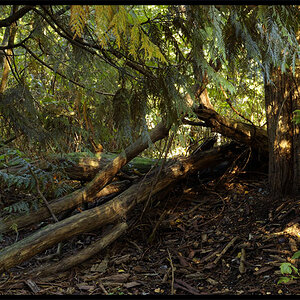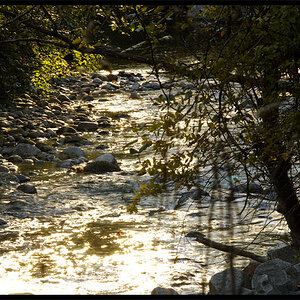- Joined
- Jul 16, 2015
- Messages
- 4,037
- Reaction score
- 4,653
- Location
- Oklahoma
- Can others edit my Photos
- Photos OK to edit
Footnotes! Fancy...There are two focal lengths:
1. The actual, real, true, whatever you want to call it focal length, usually just called focal length. The focal length is a property of the lens itself, and of the lens alone. It describes at which distance from the sensor the light passes the aperture of the lens (*) (**). Together with the knowledge about how large the sensor is, this defines the viewing angle of the lens.
2. The equivalent focal length. This is the actual focal length multiplied by the crop factor. It describes the focal length a lens would have on small format (also called full frame, 35mm or 135mm film, FX by Nikon, EF by Canon, etc - its a sensor of the size 36x24mm and an image circle of 43.3mm) to have the same viewing angle as the lens has with that sensor in question.
Thats why your 17-50mm will be a 25.5-75mm equivalent focal length on an half format (APS-C, Nikon DX, ~24x16mm etc) sensor.
If you would use the 17-50mm on a full frame sensor, it would indeed as 17-50mm, but the borders would be dark and/or of poor quality. It happends though that APS-C zooms might be able to fill the whole full frame image circle properly, then the 17-50mm would work fine in that part of the focal lenght range.
(*) This definition is assuming the most simple of lens construction. Optical construction ticks like telephoto and retrofocus allow the aperture to actually sit closer or more far away, respectively. Which is needed to have very long lenses which arent also physically absurdly long, and lenses which are wide angle but can handle a long distance between sensor and lens to make space for the mirror box of a SLR, or to allow less steep angles of light on a digital sensor, since many digital sensors cant handle too steep angles well.
(**) The aperture is specifically the place at which the image is turned around. This is often hidden through the camera construction; for example a SLR typically has a pentaprism which turns the image around again so the viewfinder shows it again in correct order. However, if you use a waistfinder with a SLR or if you use a large format camera, you can see that up and down as well as left and right are flipped by the optics.


![[No title]](/data/xfmg/thumbnail/38/38293-15e3a85f038b239e3c60bf9f38f5d56c.jpg?1619738563)
![[No title]](/data/xfmg/thumbnail/33/33353-b10d15026a6a614f240c0bd4ee0fe22c.jpg?1619735918)
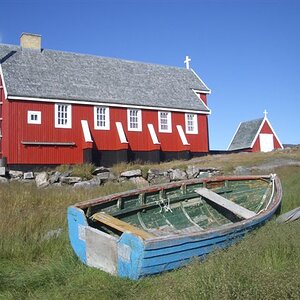
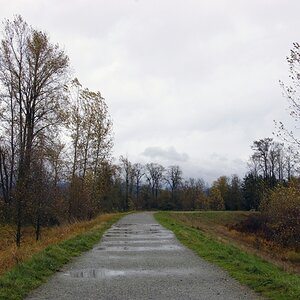
![[No title]](/data/xfmg/thumbnail/34/34041-c8aed4d2c55b167d1ec03d9cfbaca453.jpg?1619736250)

![[No title]](/data/xfmg/thumbnail/38/38294-cb4a5aa0ded725d4c694e6eebe276f0d.jpg?1619738564)
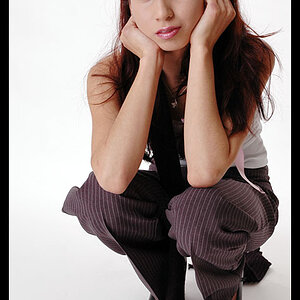
![[No title]](/data/xfmg/thumbnail/31/31751-fb2f68cca32f9eec468dbde7d649840f.jpg?1619734990)
